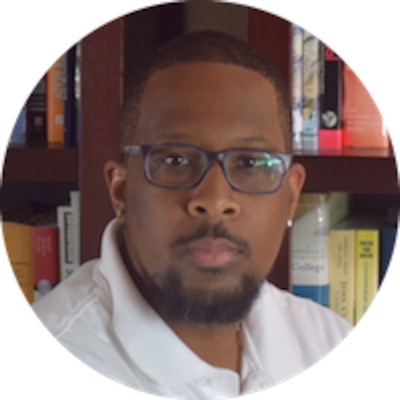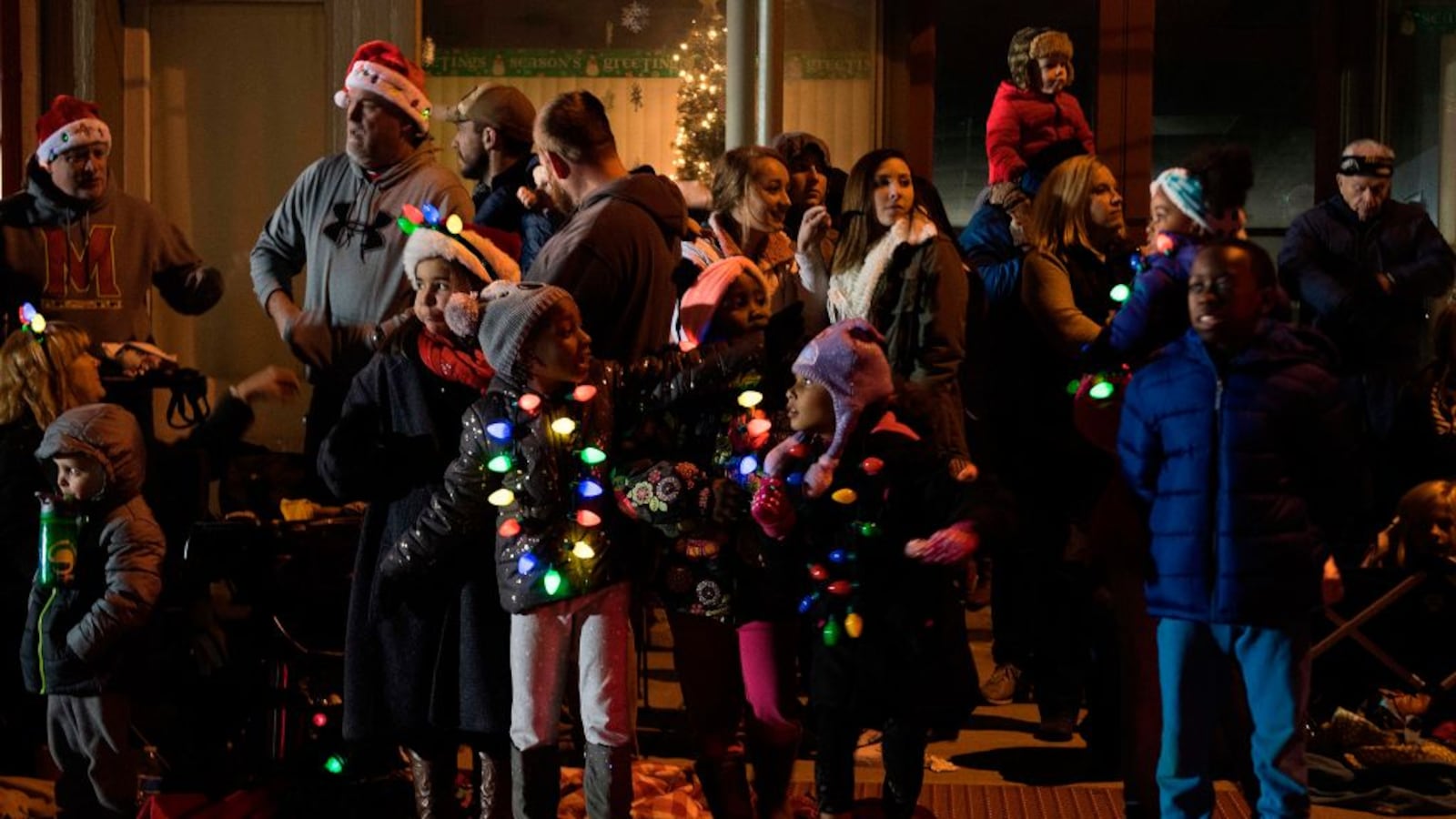Some years ago, as he was concluding his sermon, my pastor asked us in the audience to take that Sunday’s message out into the world and “do life together.”

My pastor’s call was a reminder that we do not walk this human journey in isolation. We do so as members of communities created around our faiths, our hometowns, our families — and our schools.
The most powerful of those communities are created through daily actions that show care and develop connection. Not all blood relatives are family, and not all students and educators are, either, though it’s something I hear teachers say all the time.
It seems to me that whether teachers and students are family depends on the extent to which they’re “doing life together.”
I’ve thought a lot about this as a former teacher in Camden City. When I was teaching there, my students saw me in Camden City. I got my hair cut in Camden, I went to church in Camden, I ate at restaurants in Camden, and I worked with high school students in Camden during the summers. It didn’t hurt that I was from Camden, too. A student may have seen me at the barbershop in East Camden or pulling up at my grandmother’s house in Whitman Park.
While it’s true that my students saw other teachers at the mall or the movie theater, those spots are in the suburbs. It’s not the same as being on the home turf of your students.
That’s not to say that strong bonds between educators and students don’t happen within the walls of a school. Nor do strong bonds develop just because a student sees a teacher patronizing an eatery or attending a church service in the municipality where they live. I am not naïve.
But deeper connections happen between educators and students when they do life together. For teachers who teach Black and Latinx students in low-income communities, doing life together means making a connection with the community where you teach students. Doing life together means more than just going to work to teach Black and Latinx children.
This kind of connection is often misunderstood. Early in my teaching career, some teachers sought my advice on how to strengthen their relationships with students. Others were clearly jealous of my relationships with students. I got the sense that they thought my relationships were stronger than theirs because I am Black, and they are not.
What they didn’t understand was my Blackness didn’t earn me blind loyalty from Black students. My Black skin at the front of a classroom may have elicited good feelings from students on the first day of school, but those feelings would have dissipated if I could not teach, if I was unfamiliar with my content, and if I did not treat students with respect.
I could teach. I was familiar with my content. I treated students with respect. And I also was doing life with them, in Camden. That’s something any teacher can do.
What that looks like is home visits to share good news about students. It looks like attending a city council meeting to advocate on behalf of your students on an issue affecting them and their families. It is also supporting Black- and Latinx-owned restaurants, bookstores, pharmacies, bakeries, and corner bodegas. It’s volunteering in the community where you work. It’s bringing your family to the community you work to see fireworks on the Fourth of July or to watch the lighting of the municipal Christmas tree.
Doing life together isn’t meant to be taxing on the mind, body, and spirit. But it does sometimes require you to step outside your comfort zone and become vulnerable.
For White teachers who work with students from cities like Camden, it requires that you sometimes choose to become a minority in a world where a similar experience is all too familiar to your students and their families. That experience is a lesson in and of itself. And that’s what doing life is all about — learning to live together as brothers and sisters, rather than perish together as fools.
Rann Miller is the director of the 21st Century Community Learning Center, an after-school program in New Jersey. He also served as a school administrator in Camden and taught high school social studies for six years. He publishes an education blog called the Urban Education Mixtape. You can follow him on Twitter @UrbanEdDJ.
About our First Person series:
First Person is where Chalkbeat features personal essays by educators, students, parents, and others trying to improve public education. Read our submission guidelines here.


